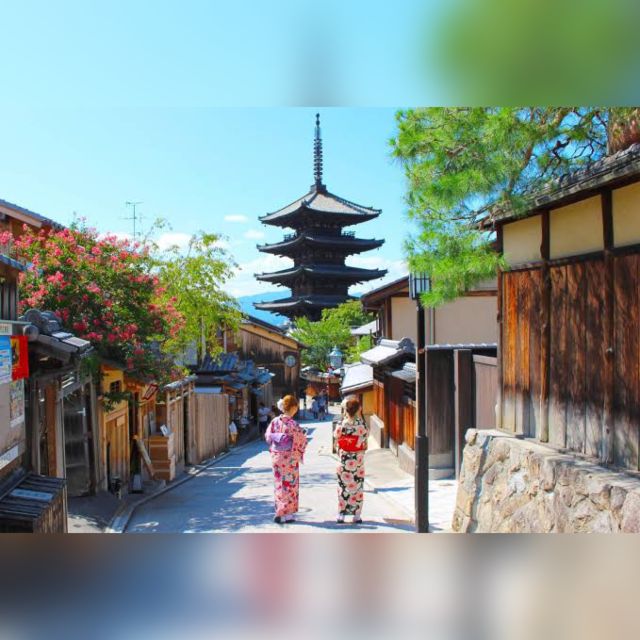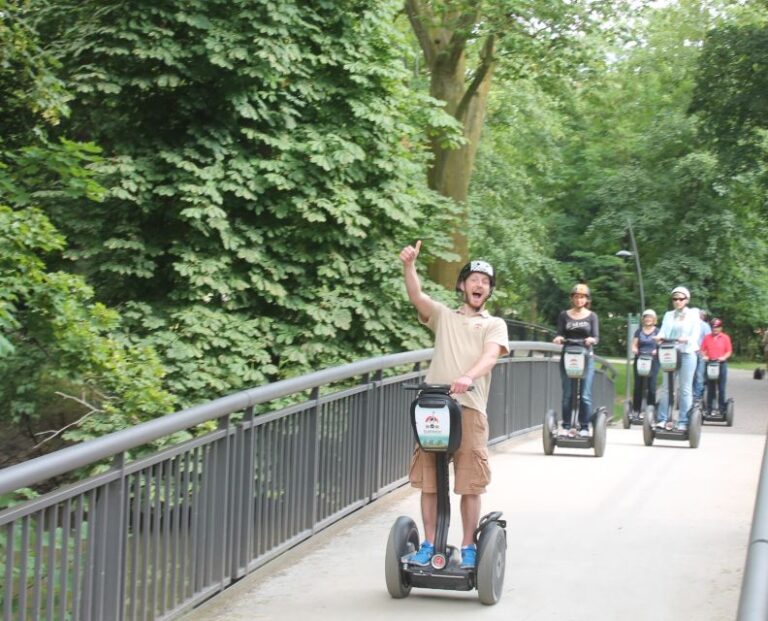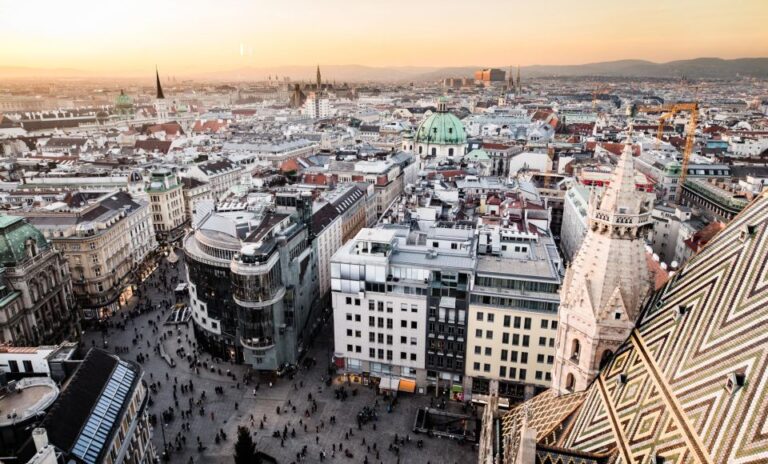The East Village in Manhattan is a neighborhood rich in history and cultural significance, offering visitors a chance to uncover its hidden gems. From the intricate cast iron architecture adorning Lafayette Street to the legendary figures immortalized on the East Village Walk of Fame, every corner of this vibrant community tells a story worth exploring. Whether you’re intrigued by the resilience of historic speakeasies, the creative energy of the Joseph Papp Public Theater, or the timeless charm of the oldest ale house in the city, the secrets of the East Village promise to captivate and inspire those willing to venture beyond the surface.
Key Points

- Discover the hidden architectural gems of the East Village, showcased through intricate cast iron designs dating back to the 19th century industrial revolution.
- Explore the East Village Walk of Fame, honoring the iconic cultural figures who have shaped the neighborhood’s vibrant artistic legacy, from Allen Ginsberg to Patti Smith.
- Uncover the history of a legendary Prohibition-era speakeasy, highlighting the resilience and resourcefulness of East Village residents during times of social upheaval.
- Witness the rich legacy of the Joseph Papp Public Theater, a hub of Shakespearean innovation and a springboard for renowned actors, directors, and playwrights.
- Enjoy the diverse immigrant history that has molded the East Village, from its Irish, German, and Jewish roots to its more recent Latino, Asian, and Eastern European influences.
Cast Iron Architecture
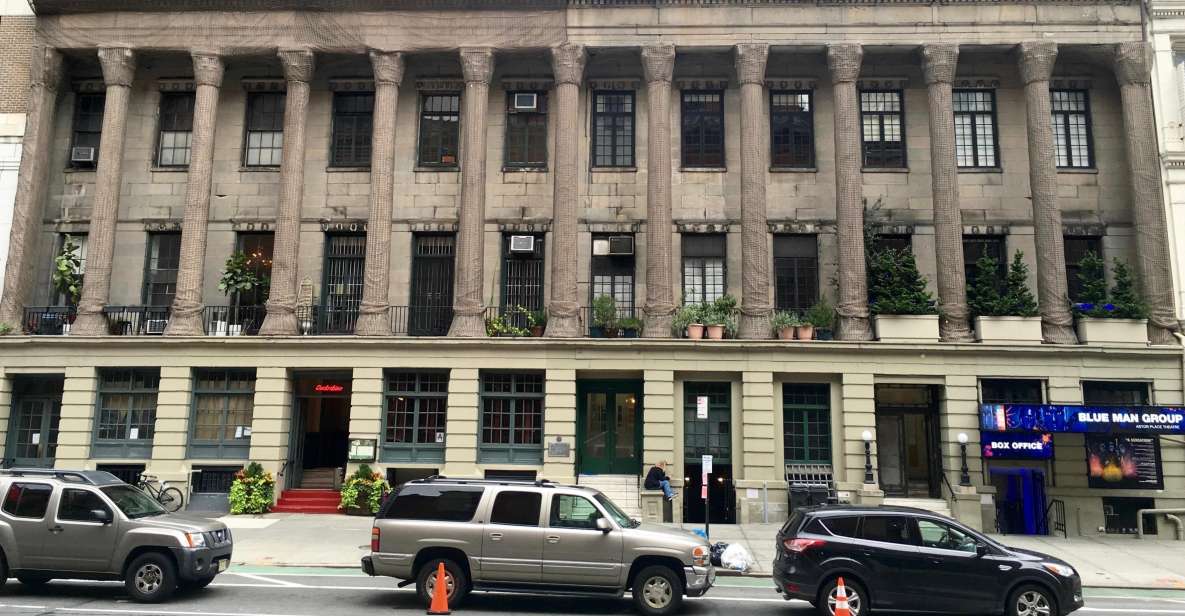
Often, the tour highlights the impressive cast iron architecture found along Lafayette Street.
These elaborate and ornate facades were a popular building material in the 19th century, lending an elegant and distinctive character to the East Village’s historic streetscape.
Cast iron allowed for more intricate and decorative designs compared to traditional brick or stone construction.
The molded panels, columns, and cornices create a visually stunning effect that transports visitors back in time.
These structures are a testament to the neighborhood’s rich history and its development during the industrial revolution.
The tour guide delves into the architectural significance of these cast iron wonders, offering insights into their design and construction.
East Village Walk of Fame
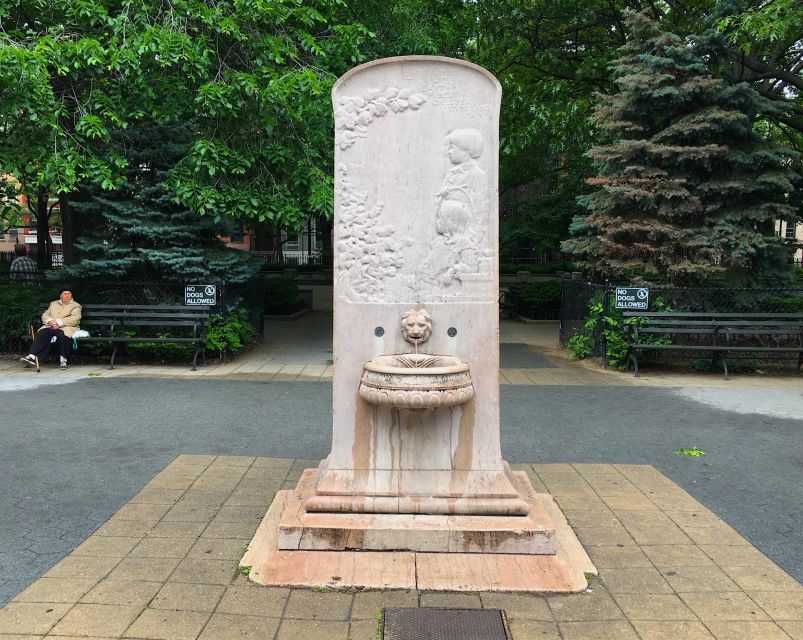
The East Village Walk of Fame honors the neighborhood’s most celebrated cultural icons, showcasing the vibrant artistic legacy that has defined the community for generations. Embedded in the sidewalks along East 10th Street, the Walk of Fame celebrates the impact and influence of trailblazing musicians, writers, and performers who have called the East Village home. As visitors stroll through the district, they can’t help but feel a sense of awe and appreciation for the neighborhood’s rich history. The following table highlights just a few of the luminaries memorialized on the Walk of Fame, each with their own unique story and contribution to the cultural fabric of the East Village.
| Artist | Medium | Legacy |
|---|---|---|
| Allen Ginsberg | Poetry | Beat Generation pioneer |
| Thelonious Monk | Jazz | Innovative pianist and composer |
| Patti Smith | Music | Godmother of Punk |
| Lou Reed | Music | Velvet Underground founding member |
| Andy Warhol | Visual Art | Pop Art visionary |
Historic Speakeasy
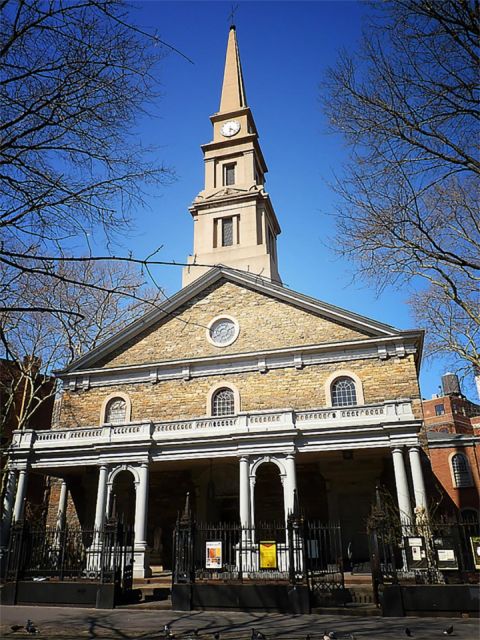
As visitors explore the East Village’s cultural legacy, one of the standout attractions is a historic speakeasy tucked away on St. Marks Place.
This illicit drinking hotel from the Prohibition era has endured as a testament to the resourcefulness and resilience of the neighborhood’s residents during a time of social upheaval.
The speakeasy, which operated in secret to evade law enforcement, now serves as a window into the past, offering a glimpse into the ingenuity and defiance of the East Village community.
Today, it stands as a reminder of the neighborhood’s rich history and the enduring spirit of those who carved out a vibrant cultural hub amidst the challenges of the era.
Public Theater and Shakespeare
One of the most iconic cultural landmarks in the East Village is the Joseph Papp Public Theater, which has played a pivotal role in championing Shakespeare’s works and fostering a vibrant theatrical scene in the neighborhood. Founded in 1954, the Public Theater has been the driving force behind Shakespeare in the Park, bringing free, high-quality productions of the Bard’s greatest plays to audiences in Tompkins Square Park each summer. Under the leadership of visionary producer Joseph Papp, the Public has also nurtured the careers of countless renowned actors, directors, and playwrights, cementing its status as a vital hub of artistic expression and innovation in the heart of the East Village.
| Key Facts About the Public Theater | |
|---|---|
| Founding Year | 1954 |
| Founder | Joseph Papp |
| Signature Program | Shakespeare in the Park |
| Notable Alums | Meryl Streep, Kevin Kline, Denzel Washington |
Oldest Ale House
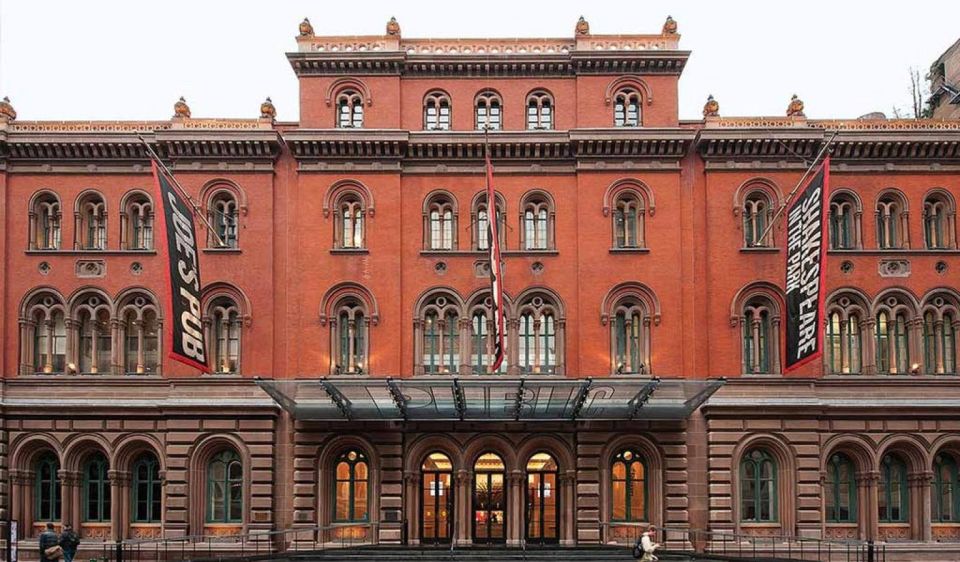
Continuing the journey through the East Village’s rich history, visitors come across the oldest ale house in New York City, a testament to the neighborhood’s enduring spirit.
The venerable pub, established in the 19th century, has served as a gathering place for locals and wanderers alike, its walls echoing with stories of the past.
From political debates to artistic revelry, this iconic watering hole has witnessed the ebb and flow of the community, surviving through times of prosperity and hardship.
Today, the ale house stands as a living museum, inviting guests to step back in time and experience the timeless charm of the East Village’s vibrant past.
Tompkins Park Statues
Tompkins Park, the final stop on the tour, features two key statues that offer insights into the East Village’s rich history and diverse cultural heritage.
The first statue depicts Peter Stuyvesant, the last Dutch colonial governor of New Amsterdam, now New York City. This towering figure serves as a reminder of the area’s Dutch roots and the pivotal role it played in the city’s early development.
The second statue is dedicated to Tomas Masaryk, the first president of Czechoslovakia, honoring the East Village’s vibrant Czech and Slovak communities.
These two iconic sculptures not only beautify the park but also tell the story of the neighborhood’s remarkable past and the many cultures that have shaped its identity over the centuries.
Immigrant History
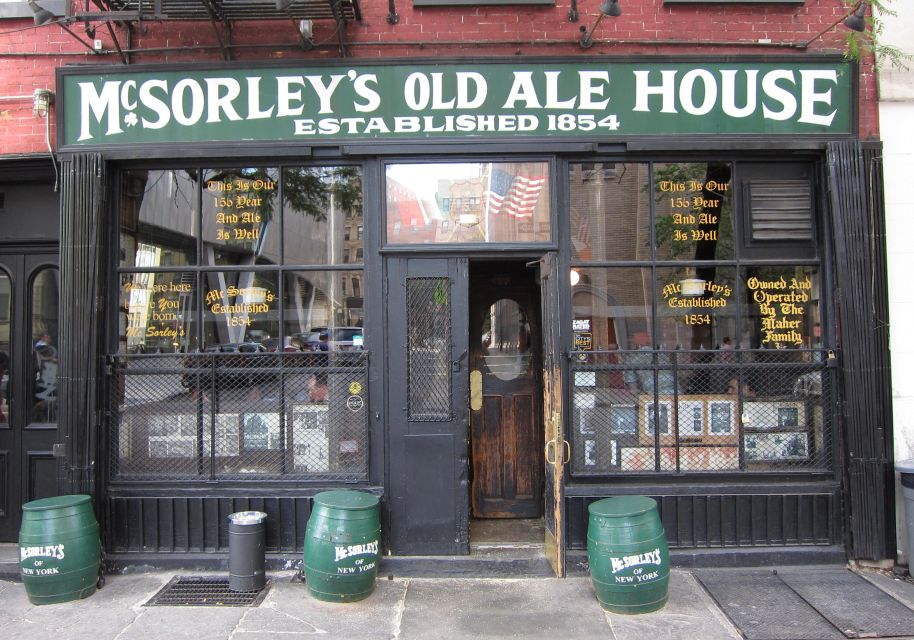
The East Village has long been a beacon for immigrants, drawing people from around the world who sought new opportunities and a chance to forge their own path in the bustling heart of New York City.
Over the past two centuries, waves of diverse communities have left an indelible mark on the neighborhood’s character, shaping its unique architectural landscape, vibrant cultural scene, and renowned culinary traditions.
From the early Irish, German, and Jewish settlers to the more recent influxes of Latinos, Asians, and Eastern Europeans, the East Village has embraced the rich tapestry of immigrant experiences, becoming a melting pot that celebrates the traditions and contributions of its diverse population.
This enduring legacy continues to draw visitors and residents alike, eager to enjoy the neighborhood’s captivating immigrant history.
Meeting Point and Booking
The tour begins at the iconic Joseph Papp Public Theater on Lafayette Street, inviting visitors to start their adventure into the East Village’s storied past.
From this central meeting point, tour-goers will be led by a knowledgeable guide through the hidden gems and historic landmarks of this vibrant neighborhood.
Booking is quick and easy – simply check availability for desired start times, select the number of participants, and secure your reservation without any upfront payment.
With flexible cancellation policies and a focus on providing an engaging, immersive experience, this tour offers an excellent opportunity to dive into the East Village’s rich cultural heritage.
Don’t miss your chance to uncover the secrets of this dynamic New York City destination.
Frequently Asked Questions
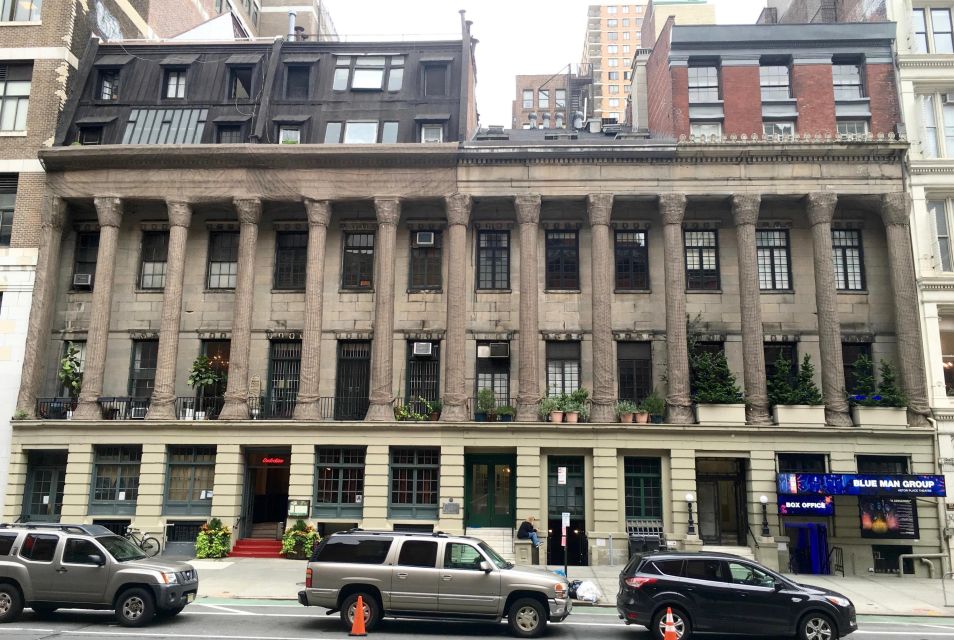
What Is the Dress Code for the Tour?
The tour has a casual dress code. Participants are encouraged to wear comfortable walking shoes and weather-appropriate clothing, as the tour involves exploring the neighborhood on foot. No formal attire is required.
Are There Any Discounts Available for Seniors or Students?
Yes, the tour operator offers discounts for seniors aged 65+ and students with valid ID. Seniors can receive a 10% discount, while students can save 15% off the regular tour price. Discounts must be requested at the time of booking.
Can the Tour Be Customized for Private Groups?
Yes, the tour can be customized for private groups. The tour provider offers private tours for select dates and times, allowing groups to tailor the experience to their interests and schedule.
Is Photography Allowed During the Tour?
Yes, photography is allowed during the tour. Guests are encouraged to take photos of the historical landmarks, architecture, and other points of interest along the way to capture the experience. The tour guide will provide guidance on the best photo opportunities.
Are There Any Restroom Breaks During the 2-Hour Tour?
Yes, there are restroom breaks during the 2-hour tour. The tour guide will provide opportunities for participants to visit restrooms at appropriate times throughout the tour’s duration, ensuring a comfortable experience for all attendees.
Recap
The East Village’s captivating history and cultural vibrancy are brought to life through its remarkable architecture, iconic landmarks, and enduring institutions.
From the cast-iron facades to the legendary speakeasies, this dynamic neighborhood continues to inspire and enchant all who explore its streets.
Its immigrant roots and artistic legacy make the East Village a truly unique and unforgettable destination in the heart of Manhattan.


